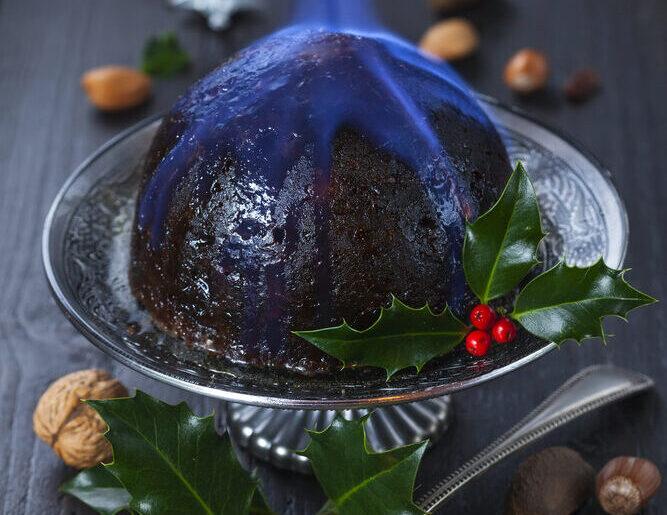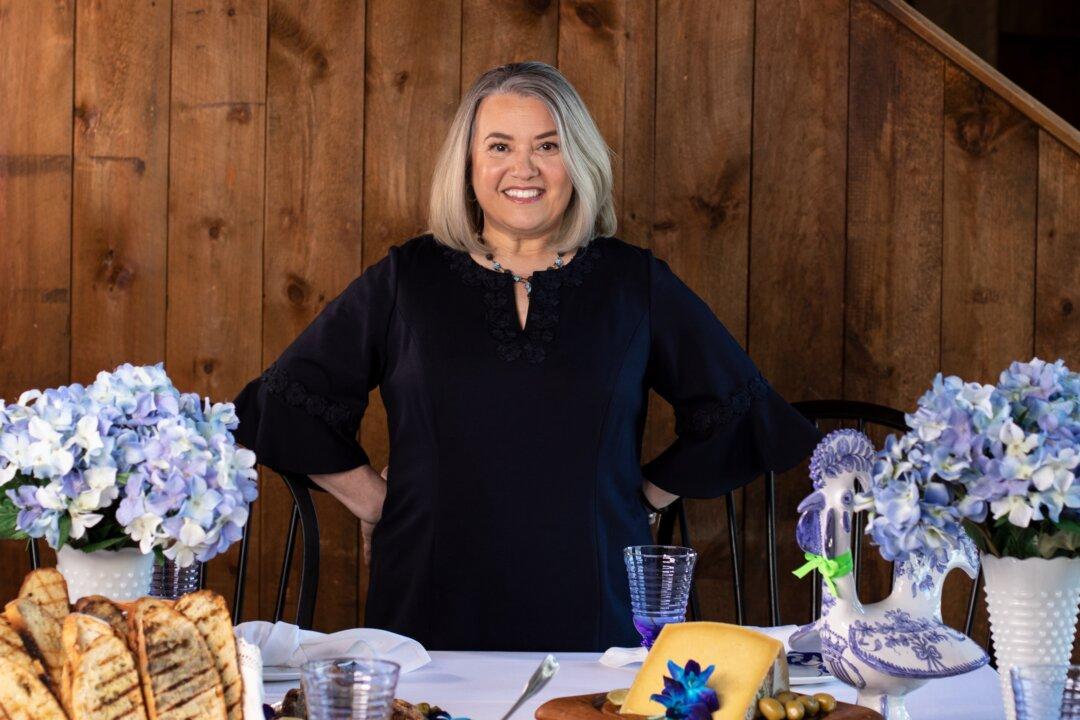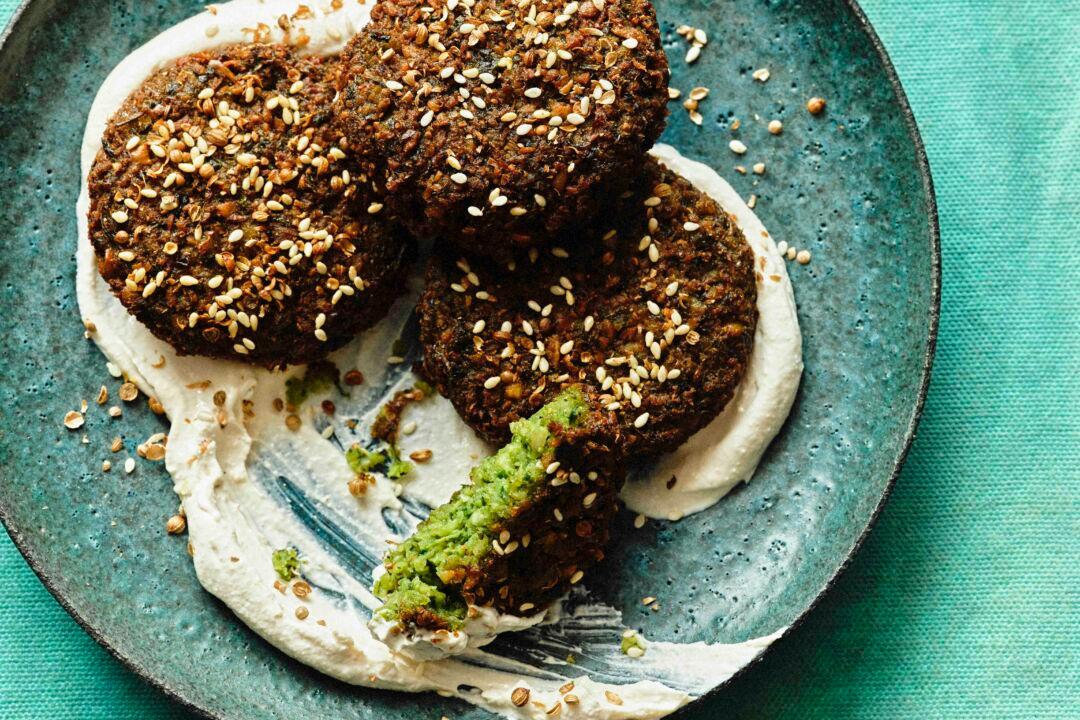“You’ve got the brandy? And the match?” my mom asks my dad as they walk into the dining room, where all their children sit in darkness.
I realize that for many, this scene sounds odd, and maybe a little confusing. But for us, this is a crucial part of a traditional Christmas evening.





